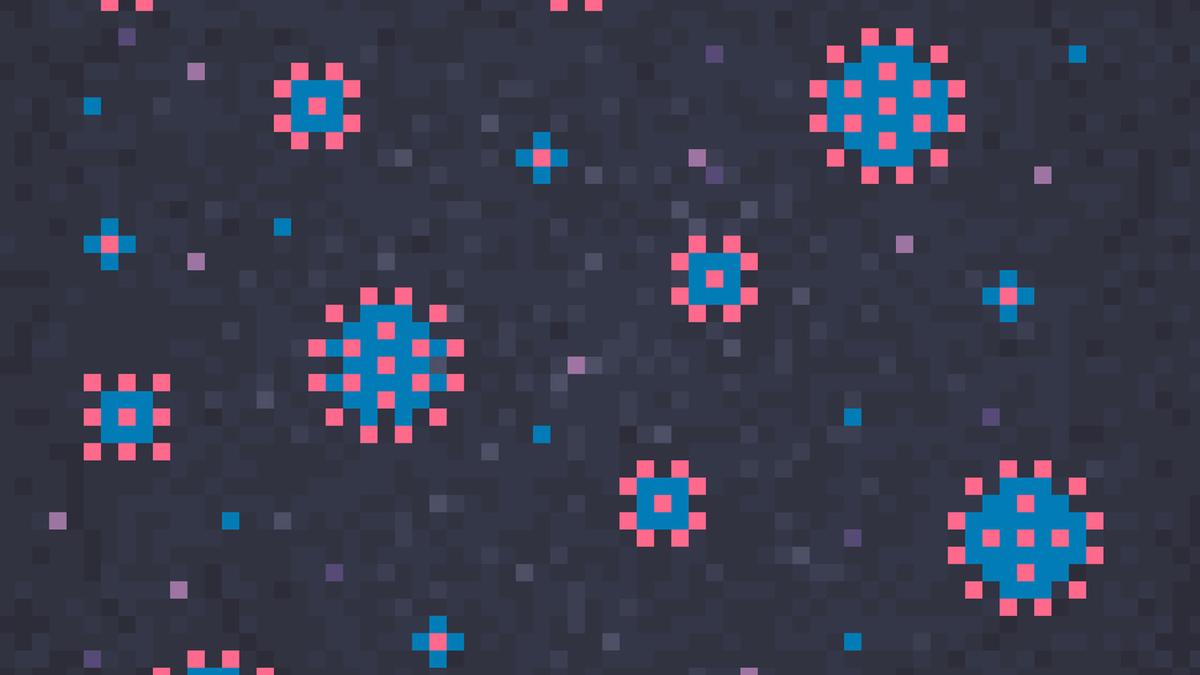Researchers from Zhejiang University in Hangzhou, China, in collaboration with the University of Cambridge, have achieved a remarkable breakthrough in display technology by creating pixels the size of a virus. These tiny pixels have been used to develop the world’s smallest light-emitting diode (LED) displays, which are smaller than a grain of sand.
This innovation is significant because, as display technology advances, the trend has been to increase pixel density in order to enhance image quality. The more pixels that can fit into a given space, the sharper and more detailed the image. Currently, micro-LEDs, made from II-V semiconductors, are used for creating small pixels, but miniaturizing these components becomes expensive and inefficient as their size decreases. To overcome this, the Zhejiang University team explored a promising alternative: perovskite.
Perovskite, a crystal-structured material that is already being studied for use in solar panels, proved to be a cost-effective and efficient solution for creating nano-scale LEDs (nano-PeLEDs). Baodan Zhao and her team at Zhejiang University utilized perovskite to create LEDs as small as 90 nanometers, which are significantly smaller than current micro-LEDs. The result was a display technology capable of achieving a pixel density of 127,000 pixels per inch, far surpassing anything currently in use.
Unlike traditional LEDs that tend to dim and lose brightness over time, perovskite-based LEDs remain impressively bright even at these tiny sizes. Perovskite’s chemical structure allows for excellent charge transport, efficiently converting electricity into light. This makes it an ideal material for LEDs, and its tunable properties mean that its color and performance can be adjusted, opening up new possibilities for high-resolution displays.
Perovskite is gaining attention not just for its potential in solar panels, but for its ability to be processed at low temperatures and printed, making it perfect for low-cost, high-resolution displays like nano-LEDs. The miniaturization of perovskite LEDs did not lead to any increase in cost or decrease in efficiency. In fact, the results were astounding, with the team achieving pixel densities that dwarf current display standards.
“While our primary goal was scientific exploration, these experiments show that at extremely small sizes, perovskite LEDs can still maintain reasonable efficiencies,” Zhao noted.
If refined, these ultra-tiny, ultra-bright LEDs could revolutionize the display industry, offering a new level of resolution for applications like augmented reality (AR) glasses, virtual reality (VR) headsets, and next-generation smartphones or wearables. They could even redefine the resolution of larger displays like televisions and computer monitors, providing an unprecedented level of detail.
However, the technology is not without its limitations. At present, perovskite LEDs are monochrome, meaning they can only emit one color. To compete with existing displays, researchers will need to develop full-color versions of these LEDs. Additionally, the long-term durability of these nano-LEDs remains uncertain. It is also worth noting that the human eye has a limit to how much detail it can perceive. Beyond around 576 megapixels, there may be diminishing returns in terms of visual sharpness, as the eye cannot discern any further improvements.
While the perovskite-based nano-LEDs developed by the team represent a promising step forward in display technology, there is still work to be done before they become commercially viable. Future research will focus on overcoming the monochrome limitation and testing the longevity of these LEDs in real-world devices.
Despite these challenges, this breakthrough in pixel miniaturization could have far-reaching implications for the future of high-resolution displays, from personal devices to large-scale screens, pushing the boundaries of what is possible in visual technology.
By Impact Lab


